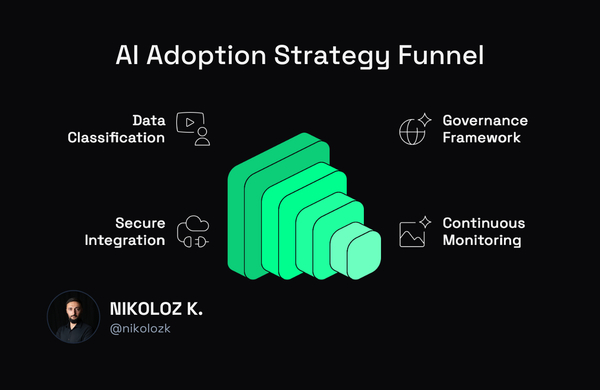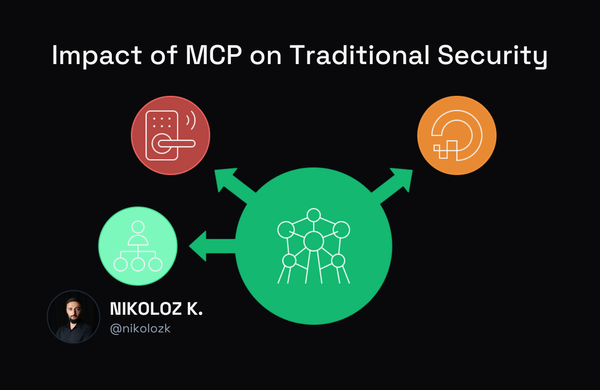8 Common Pitfalls in AI Development and How to Avoid Them

Nikoloz Kokhreidze
Avoid common mistakes in AI implementation to drive success. Learn how to focus on data quality, team assembly, and model transparency for effective AI adoption

Artificial Intelligence (AI) represents a significant frontier of technology with vast potential. Yet, as many organizations have learned, successfully implementing AI isn't a walk in the park.
Let's look into common pitfalls in AI development and strategies to avoid them so you don't have to learn the hard way.
Mistake 1: Rushing to Assemble an All-Star Team
Contrary to popular belief, the first step to developing robust AI capabilities isn't always hiring a team of machine learning PhDs. While this might seem like a logical starting point, it can lead to overemphasizing technical skills without a clear understanding of the business problem at hand.
How to Avoid
Focus first on defining your problem, identifying the scope, and aligning AI objectives with your overall business strategy. Then, assemble a balanced team of data scientists, data engineers, business analysts, and other relevant stakeholders who can work together effectively.
Mistake 2: Prioritizing Quantity of Data Over Quality
More data does not automatically equate to better AI. The mantra "garbage in, garbage out" holds true here. Poor quality data can lead to misleading insights or decisions that steer your business off course.
How to Avoid
Put a strong emphasis on data quality. Ensuring your data is clean, relevant, and accurately labeled is crucial for the success of any AI initiative.
Is Security Blocking Your Next Enterprise Deal?
Let's discuss how fractional CISO services can unlock your pipeline without the full-time overhead.
Mistake 3: Overlooking the Importance of Training, Validation, and Test Sets
Neglecting the proper division of data sets into training, validation, and testing can lead to models that don't perform well on unseen data—a phenomenon known as overfitting.
How to Avoid
Ensure your dataset is appropriately divided. It's a crucial step in the machine learning lifecycle, necessary for assessing the generalizability of your model.
Mistake 4: Starting Too Big
Leaping headfirst into complex problems without validating AI's utility for more straightforward tasks can lead to resource-draining projects that fail to deliver expected results.
How to Avoid
Start small and scale up. Pilot projects can serve as proofs of concept, helping to establish the viability of larger AI initiatives.
Mistake 5: Lack of Transparency in Model Building
AI models often feel like a black box, even to the teams that built them. This lack of transparency and explainability can lead to mistrust and make diagnosing and correcting errors in model predictions difficult.
How to Avoid
Strive to make your models as interpretable as possible. Choose simpler models if they perform nearly as well as complex ones, and employ tools and techniques for model explainability where appropriate.
Mistake 6: Neglecting User and Stakeholder Input
Developing AI in isolation, without input from the users who will interact with it or the stakeholders who will depend on its results, can lead to products that miss the mark.
How to Avoid
Foster a culture of open collaboration. Involve users and stakeholders early and often. Their insights can help shape AI development and ensure the final product aligns with real-world needs and expectations.
Mistake 7: Failing to Address Data Bias
Training data sets often contain inherent biases that can influence AI output in ways that perpetuate stereotypes or unfairly disadvantage certain groups.
How to Avoid
Be proactive in identifying and mitigating data bias. This might involve auditing your data for fairness and inclusivity or using techniques to balance your data sets.
Mistake 8: Inadequate Infrastructure Planning
Without careful infrastructure planning, you might face issues like data silos, inefficient computing resources, or software that doesn't meet your team's needs.
How to Avoid
Plan your infrastructure carefully, considering factors like scalability, cost, security, and the specific requirements of your AI models. This includes choosing the right AI platform, storage, and computing resources.
Ultimately, successful AI adoption isn't about creating the most complex models or having the biggest data. It's about being clear on your objectives, methodical in your approach, and deeply understanding the problem at hand. By being aware of these common mistakes and knowing how to avoid them, you can significantly increase your chances of successful AI implementation.



